Episode 3
“Protein Revolution #1”
by Kazuhide Sekiyama (Spiber)
Spiber’s “Brewed Protein™” is without a doubt a material that will benefit people, societies and the Earth a century from now. Using sugars found in plants as raw materials, it combines a microbial fermentation process, genetic engineering, biotechnology, materials engineering and other advanced technologies to produce structured proteins. The fibers made from this material are spun into yarn, woven into fabric, and are now steadily being implemented into society. The material is biodegradable and significantly reduces land and water usage compared to conventional counterparts derived from petroleum or animals. It offers a sustainable material for apparel with a significantly reduced environmental load. However, the vision of President Kazuhide Sekiyama extends far beyond this. It encompasses the future of food, agriculture, water, and the way humans will live. His dialogue with designer Yoshiyuki Miyamae will continue for a long time.
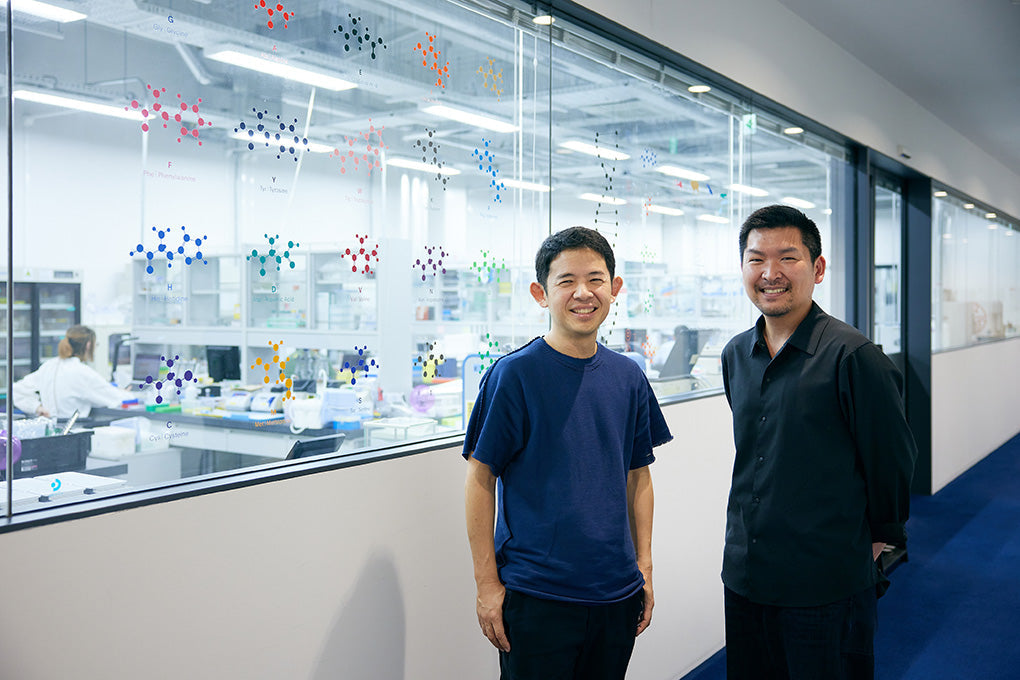
The Shonai Plain in Yamagata Prefecture is known for producing some of Japan’s best rice. To the northwest is the Sea of Japan; surrounding it on other sides are Mt. Chokai and the Dewa Mountains. The Mogami River, Akagawa River, and irrigation canals first excavated during the Edo Period bring abundant water to every corner of the plain, creating a beautiful, pastoral setting. And within these peaceful fields lies the Tsuruoka Science Park.
The Institute for Advanced Biosciences at Keio University opened here in 2001, recruited by the city of Tsuruoka in Yamagata. It researches and develops leading-age biotechnology, and its discoveries have already resulted in a number of bio ventures. Spiber is one of them. It was established in 2007 by Kazuhide Sekiyama and his colleagues. At the time, Sekiyama was a member of the Institute working on a doctorate.
During his tenure, he began to research artificial synthesis of spider silk, which eventually led to the analysis and design of protein DNA, focusing on a number of different functions. Using microbial fermentation, Sekiyama became the first in the world to successfully mass-produce artificial protein material, which he dubbed “Brewed Protein.”
He continues to perform cutting edge research at Tsuruoka, but has also taken the first step toward commercialization with the mass production of the polymers that serve as raw materials for these fibers at a plant in Rayong, Thailand that opened in 2022. Preparations are now underway for the construction of a larger plant in the United States. Despite these achievements, Sekiyama declares that “we are still only at the starting line.” That is not just humility. He has a grand and clearly articulated objective that goes far beyond the fashion industry and the borders of Japan.
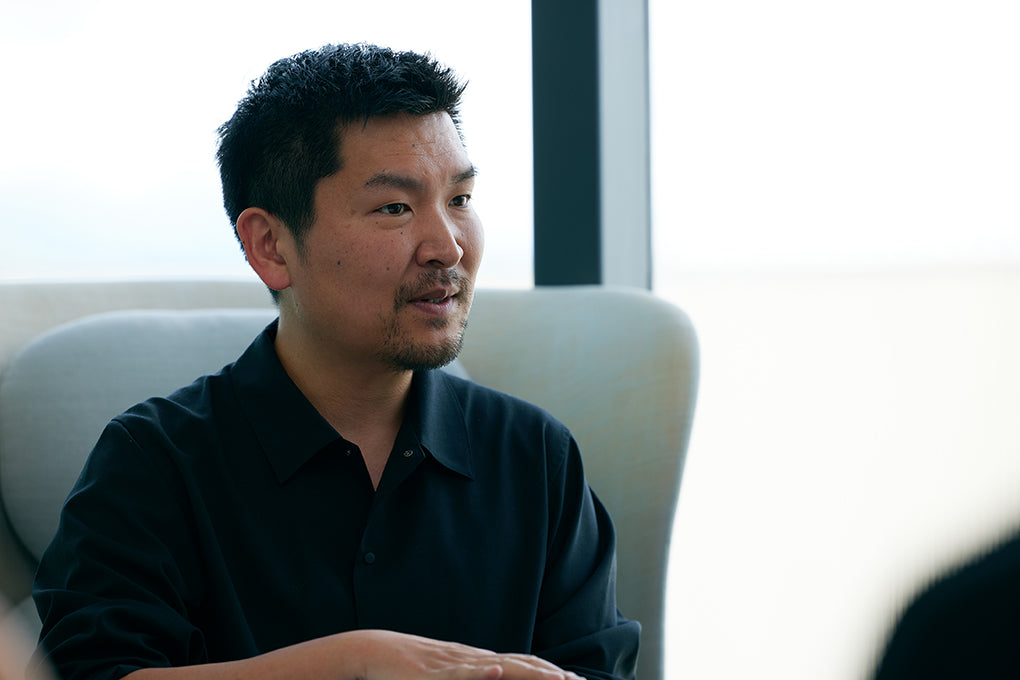
──Spiber is the only company in the world with “Brewed Protein” technology with the ability to create fibers from precisely synthesized protein. The resulting biodegradable thread and fabric significantly reduce the environmental load from the manufacturing process and have a wide range of potential in other areas. Where do you think the maximum value of this technology lies?
Kazuhide Sekiyama (“Sekiyama” below): There are many layers, and things change depending on where you are. At the very top, I think this technology could be a means of solving global-scale problems related to consumption and farmland. With the world’s population and consumption continuing to increase, it will be quite difficult to further expand farmland on a large scale in the future. If anything, areas that by rights should be excellent farmland may be lost as a result of climate change.
Meanwhile, roughly 85% of the world’s population lives in emerging economies, developing countries, or in many cases, the most impoverished regions. If we compare the per capita consumption of that 85% of the population with that of the 15% of people in developed regions like ours, they consume roughly 3 to 5 times as much, including resources and energy. People in emerging economies and developing countries want to live prosperous lives, just like those in developed countries. They are working hard, striving in their jobs, and pushing forward with developments to achieve this goal.
Obviously, rapid development is going to continue, and with it, there will be a sharp increase in consumption. In short, what we are potentially looking at is a three to five fold increase in the consumption of 85% of the population. The difficulties in trying to satisfy this demand with the world’s current farmland should be self-evident. It would be almost impossible to increase farmland by three to five times, and no easy task to increase yields per unit area by that amount either.
We believe that the key to solving these problems lie in the protein that we produce in our plants through microbial fermentation using plant-derived sugars as raw materials. We are looking to apply this technology not only to the textiles used in the apparel industry, but also food production. Humans and livestock require protein to live. The question is whether we can double, triple, quadruple or quintuple production volumes without expanding the world’s farmland. Our process currently uses sugars derived from agricultural crops as its raw material, but we see the potential for producing protein by feeding currently unused biomass resources to microorganisms, and if we can do this, it will contribute significantly to the solution.
──In other words, instead of expanding farmland, technology can be utilized to harness the power of microorganisms to produce proteins, turning them into the next resource. The challenges then lie in sourcing raw materials and improving production efficiency.
Sekiyama: There is an enormous amount of unused biomass out there. Take corn and sugarcane as examples. Humans only eat a very small part of these plants. Most of it ends up as agricultural waste. In Japan, rice is another example, and we produce millions of tons of waste from the wood that remains when our cedar forests are thinned. If we can make use of these resources that are currently being thrown away, we can reach a scale of billions of tons at the global level.
Agriculture is a physically concentrated industry, which makes it easy to collect waste products. We see agricultural residues as very accessible resources. With previous technologies, it was still very difficult to use these resources to produce food or materials at scale, so it was almost never done. That is why, if we can effectively use this untapped resource and turn it into food, or quality materials, or create other pipelines for it, we think we will be able to significantly increase the production of useful, sustainable materials without increasing farmland itself.
Yoshiyuki Miyamae (“Miyamae” below): That’s incredible! As I listened to Sekiyama-san, my vantage point and sense of scale suddenly became much broader. You have the technology that can potentially solve global-scale challenges.
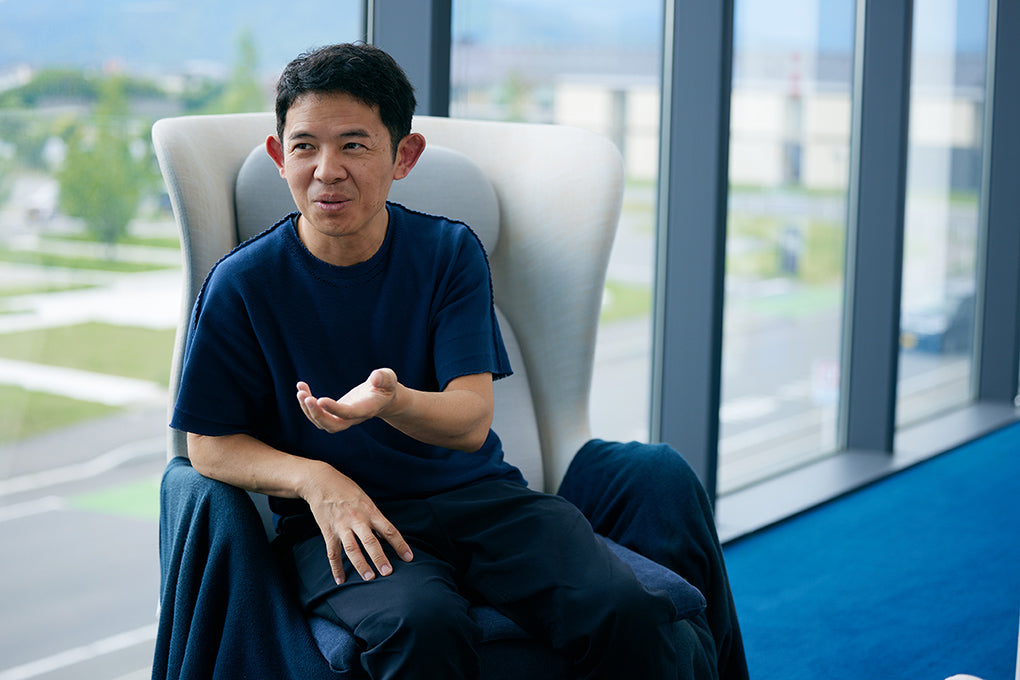
Sekiyama: I believe this is undoubtedly a technology that humanity will need 50 or 100 years from now. The foundations have already been established, but the crucial point is how to efficiently produce materials from billions of tons of residue. It has to be as efficient and waste-free as possible. With such large parameters in play, every increase in efficiency translates into an increase in production volume.
To this point, the most efficient approach is to use the power of living organisms, and particularly the power of microorganisms. If you think about it, microorganisms are like very small factories, and they are excellent at what they do. There are some residues that serve as nutrients for them and some that do not; some from which they produce a lot of protein, and some from which they don’t. That’s because they all have different compositions, but you can apply advanced genetic engineering and other biotechnology to increase the types of residue that they can eat, and you can design metabolisms that are optimized for the residues you want to feed them.
Miyamae: Wow. You can increase the efficiency of production just by how you design the genetics of the microorganism?
Sekiyama: Yes, that’s exactly what you can do. One of the most interesting things about protein design is that today, DNA is completely digital information. In other words, if you have an idea of the kind of protein you want produced, you can use a computer to figure out the order in which to line up the amino acids so that you have a high probability of success. There are blocks of base sequences (codons) corresponding to each of the 20 varieties of amino acids, and you can freely design the protein to be synthesized by combining the proper number of them in the proper order.
For example, both meat proteins and animal hair proteins have been converted into programs. So what we do is code the protein we want the microorganism to produce, write that information into the DNA and insert the information medium into the microorganism. And then the microorganism makes the target protein precisely as stated in the blueprint. If the raw material that they eat changes, the coding can be changed accordingly. Microorganisms act as small factories, producing materials with great precision and efficiency. That’s the nature of microorganisms.
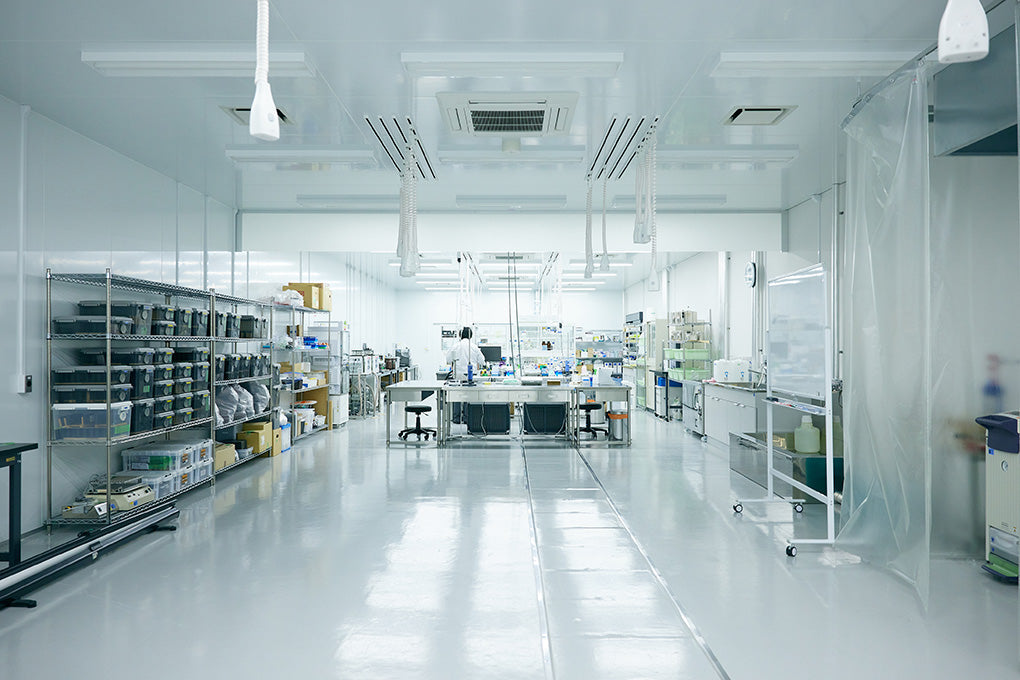
──That sounds like a dream technology. How is this even possible?
Sekiyama: The idea has been around for a long time, but it was technically very difficult to achieve. I’m sure there were many researchers who imagined that this age would come sooner or later. While there have likely been researchers who envisioned such a time coming, it was akin to nuclear fusion: an idea that existed but was not anticipated to be developed and realized in such a tangible way before our very eyes.
That’s what we thought when we started the research, but there has been a rapid acceleration in the evolution of biotechnology, computer resources for data science and basic technologies. There has been an exponential increase in what we’re capable of achieving. All of a sudden, we can do the things that we previously only imagined. We can use microorganisms to produce materials at an efficiency that would have been unthinkable a short while ago.
For example, at our laboratory, we cultivate microorganisms in glass vessels. A 10-liter vessel should, theoretically, produce 250 g of protein--enough for one cashmere sweater--in 24 hours. Protein accounts for roughly 20% of the weight of a fillet steak. Fat accounts for another 5%, and the rest is water. In 24 hours, a 10-liter vessel can synthesize the same amount of protein that you would find in 1.2 kilograms of steak.
That’s how amazingly efficient microorganisms are. Before this, if you wanted to produce a single sweater, you would need to raise between two and four cashmere goats for almost a year, and then shear them. When it comes to beef for consumption, it takes at least 18 months for regular cattle and close to 30 months for Wagyu beef before shipment. The amount of protein equivalent to the beef yield from one cow (about 200 kilograms) can be produced in just three days with a fermentation tank the size of a large household refrigerator. What’s more, basic technologies are already established, so scaling them up is not that difficult. There are already tanks with 100 or 1,000 times the volume of those we use in the lab, and we have installed an even larger tank in our Thai plant. We estimate a maximum production capacity of 500 tons per year.
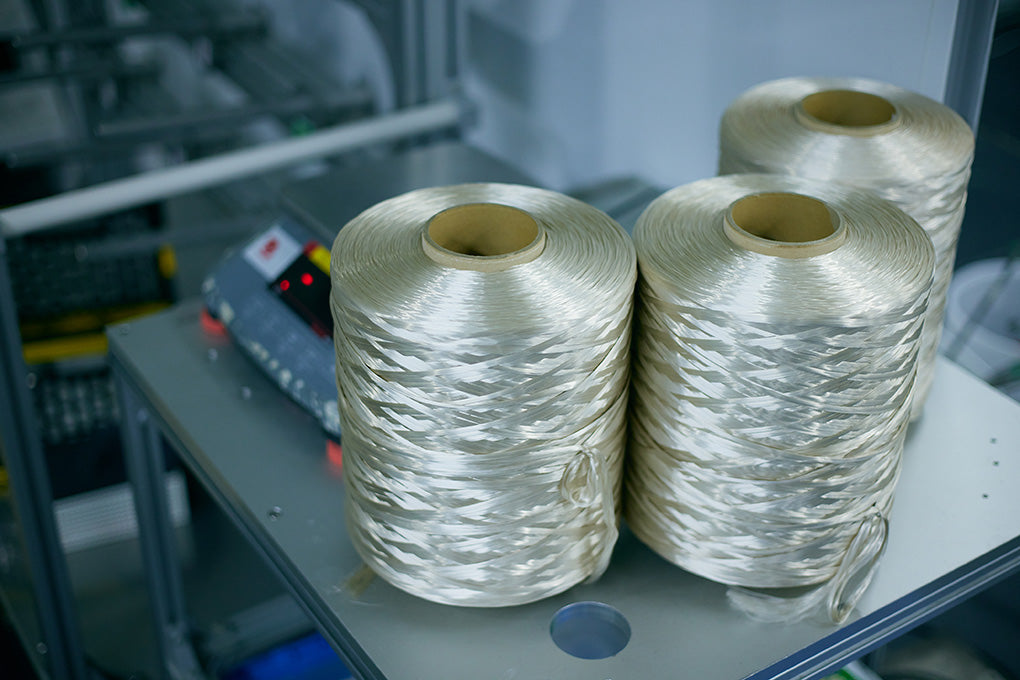
Miyamae: Things are evolving with incredible speed. Even with an increase in volume, it is still just microorganisms working in the tank to synthesize the protein. You don’t need a huge amount of land or water to efficiently produce large amounts. I have to ask though, how hard is it to maintain environments that are suitable for microorganisms to thrive?
Sekiyama: It’s a lot of work. There is a technology field called “precision fermentation” that has started to gain attention. Traditional fermentation processes, such as those used to make cheese or soy sauce, often involve simply leaving the product to ferment with the local environment’s influence. However, what we are doing requires extremely precise control of factors necessary for microbial growth, such as temperature, pH, and oxygen concentration. Temperature is measured in 1°C increments, and various parameters are being monitored by sensors and controlled by applying feedback mechanisms.
Through extensive experimentation, we gather data to understand how changes in each parameter affect productivity. We try to take it to the extreme to maximize productivity per unit volume and time. This is the kind of research we are continuously pursuing. But even with just a 1-2% improvement in efficiency, there is a significant change in the final result.
When considered on a global scale, even a 1% economic value can translate to differences in trillions. Therefore, we are putting a lot of effort and investment into optimizing efficiency with an eye towards the future.
──You mentioned precision fermentation. Have there also been improvements in precision at the earlier stage of genetic design?
Sekiyama: Yes. There have been unbelievable advances over the last decade in the technology to analyze genes and edit DNA. There are many component technologies that are required to improve microorganisms. For example, you can use combinatorial technology to design a large variety of combinations, efficiently detect only the most promising microorganisms, and extract them in real time. This screening technology has advanced considerably.
──The global evolution of genetic engineering and microbiology is contributing to Spiber’s research.
Sekiyama: That’s right. While we have developed many technologies ourselves, the researchers and developers at Spiber are highly sensitive and interested in new innovations. When we get information about the development of a new technology, we immediately ask ourselves if there is a way to apply it to our technology and platforms, and we are often very successful in doing so. We are also involved in co-research with a number of university laboratories and other entities, and these collaborations with academics at the forefronts of their fields have also produced new technologies.
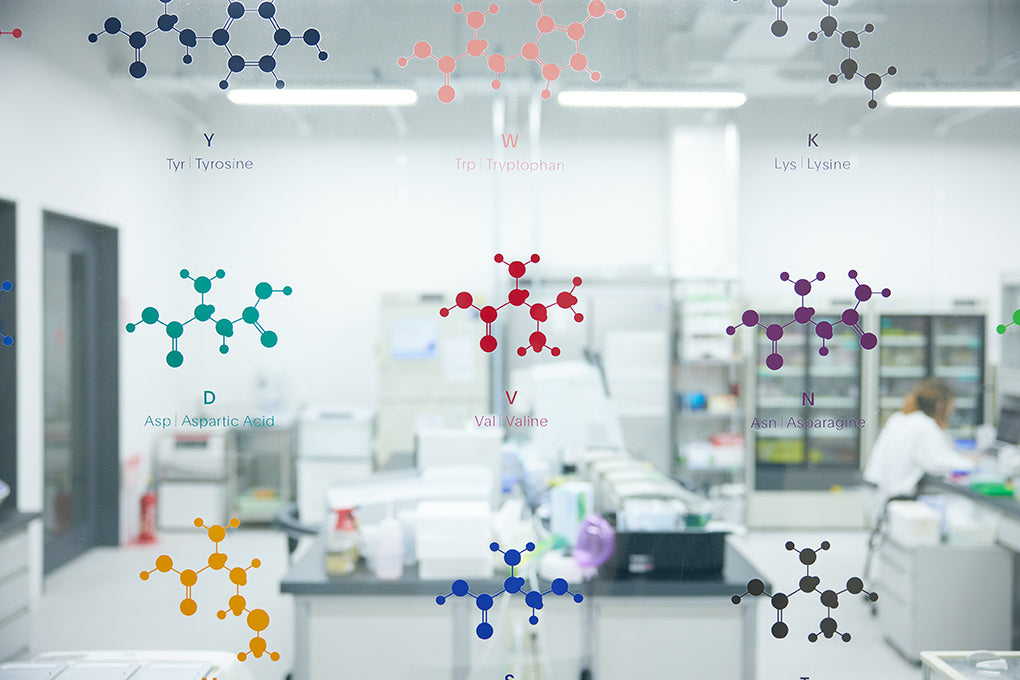
──The design of genes and the precision with which proteins are synthesized by microorganisms—both aspects continue to evolve. Do you think, theoretically, it will be possible to produce fibers that, for example, are longer and thinner than vicuna wool?
Sekiyama: I think that is very realistic. Our materials will be particularly compelling options as alternative replacements for high-end animal hair. In a sense, the hurdle for producing something like fiber is very low. On the other hand, the areas of food and pharmaceuticals will take a very long time. You need to test for safety, and particularly with food, there are many legal constraints imposed by Japan. We can do the research and development, but it will be very difficult to implement it domestically under the current conditions. We need to create mechanisms for the approval of new materials that we produce for use in food, and the laws will have to be amended to accommodate this.
But I am absolutely confident that we will eventually get there. Places like the United States and Singapore are already discussing the legal frameworks and have begun to put mechanisms in place. One approach might be to start by building up a track record there.
Miyamae: So are you saying that you are also researching food? I’m very interested in bio-meat from the perspective of basic necessities--food, shelter and clothing.
Sekiyama: This is actually one of our areas of emphasis. We have made a lot of progress on the research and are starting to see results. I’ve actually eaten it many times during the development process, and it feels the same as real meat. The protein found in meat is fibrous, so many of the insights we have gained in developing apparel materials can be applied.
We are also moving forward with research and development of large proteins that can be used to produce things like antibiotics. These are often derived from mold, and mold proteins are highly ordered and contain many repetitive sequences, making it difficult to synthesize genes for them. On the other hand, our DNA synthesis technology is very good at using digital data to formulate highly ordered coding, and we think it can contribute to this field.
──Your development covers everything from textiles to food, and even medicine.
Sekiyama: With antibiotics, the hard part is discovery. There have been maybe only seven or eight discovered since 2000. Meanwhile, antibiotics are widely used both in healthcare and in livestock. This has led to the emergence of antibiotic-resistant bacteria. Drugs that used to cure diseases suddenly no longer work, and the patient’s condition deteriorates, sometimes resulting in death. A report released by the government of the UK a while back underscored the gravity of the problem, conjecturing that the top cause of death among humans in 2050 would be antibiotic-resistant bacteria.
The molds that produce substances like antibiotics are abundant in the air and soil. But when trying to cultivate them in the laboratory, only about 1% can actually be isolated and cultivated in flasks. So 99% of the mold cannot be bred in the laboratory, and there are so many reasons for this that it is difficult to determine exactly why. On the other hand, there have been major advances in the technology for analyzing bacterial DNA, and we can now extract DNA and read every single molecule.
Doing this enables us to create a library of all organisms in the environment. As a result, we find many sequences that are highly similar, though slightly different from known ones—sequences that are homologous. Through analysis, we can deduce things like, “this variety can’t be bred, but it may be a gene for producing antibiotics.”
This has led to the identification of DNA sequences from tens of thousands of microbes. Based on these sequences, we optimize and synthesize DNA sequences for microbes suitable for production, and then actually attempt to produce compounds. Going forward, we can create the DNA designed through this process to create hundreds of thousands or maybe even more varieties, and by rapidly screening and evaluating them, we can discover drug candidates far more quickly than we do at present.
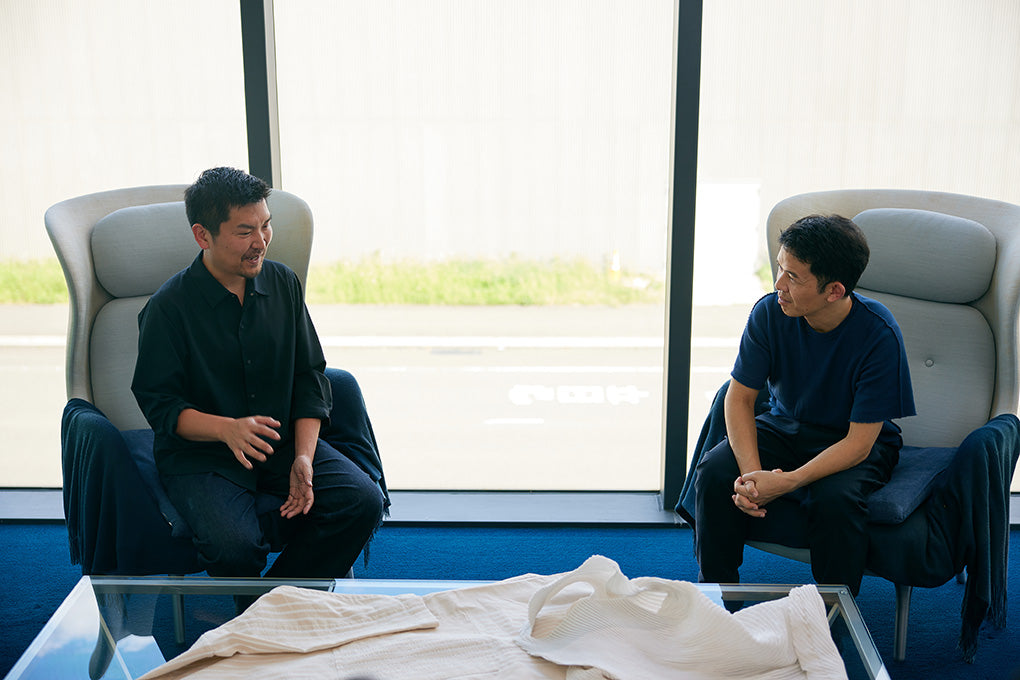
──I’ve learned that the subject of protein is far deeper than I imagined and the technology has broad implications. What do these possibilities mean for manufacturing at A-POC ABLE ISSEY MIYAKE?
Miyamae: This is a completely unknown area for us. It’s exciting. There are any number of materials in the world, and each has its pros and cons. For example, the polyester materials that we often use are derived from petroleum and often identified as a contributing factor in environmental problems. But when you look at them as a material, they offer excellent functionality and durability, and that is why I think it will continue to be used in the future. On the other hand, Brewed Protein materials offer completely different possibilities compared to conventional materials. You can create completely new types of fibers and textiles depending on how you design the genes and use the microorganisms. I suspect this will enable us to freely add functionality and value that we have never before been able to offer.
Until now, the starting point for manufacturing at A-POC ABLE was the weaving of threads. If the technology were there to provide custom-made synthetic protein materials, we could be involved right from the design of the raw materials. A design process that extends all the way from the raw material to the textile would open up an extraordinary range of new possibilities. This would further expand the potential for the “A Piece of Cloth” concept that is so central to us.
Looking back on it, Issey Miyake first became involved in manufacturing during the high economic growth period as the transition was being made from haute couture to ready-to-wear. It was a time when people were beginning to wear fashion more freely. From there, there was another transition from natural materials to synthetic fibers, and various changes have occurred since then. I think Spiber’s Brewed Protein materials will be extraordinarily powerful in ushering in a new phase, just as these other technologies did.
That’s why this is something I really want to get behind, not just from the standpoint of A-POC ABLE and Issey Miyake, but as a person living in this society. As scary as it sometimes sounds, I don’t think we will be able to avoid increasingly sharp climate change. To survive, we will need new frameworks and technologies that significantly change how we think. I am confident that Sekiyama-san’s clearly articulated vision for the future and Spiber’s extraordinary technology will be inspiring and transformative in an uncertain age trying to address the many challenges that confront it. I want to be a part of addressing those challenges by changing the things that we are able to change, in our case, design. We need to move forward one step at a time, starting from what is possible.
Sekiyama: In that regard, I am absolutely confident that protein synthesis has the potential to change the world. But we won’t know whether we can actually do it unless we follow through with it all the way to the end.
I have a lot of confidence in the precision and the volume of the technology that we have fostered and improved since we began research and development, and I firmly believe, now more than ever, that “we absolutely have the potential to change the world with protein synthesis.” But getting back to more realistic issues, we will not be able to accomplish this if we do not have the financial resources to do so. Whether we can do it or not is another matter, but I feel confident that even if we fail, the people who follow us will be able to accomplish it in a matter of time, utilizing the technology and know-how we have accumulated up to that point.
The conversation about Spiber and its Brewed Protein materials continues. In Part 2, we talk about the breakthroughs that have been achieved in developing and implementing this new technology, the team that has been formed, and the potentials this holds for the future.
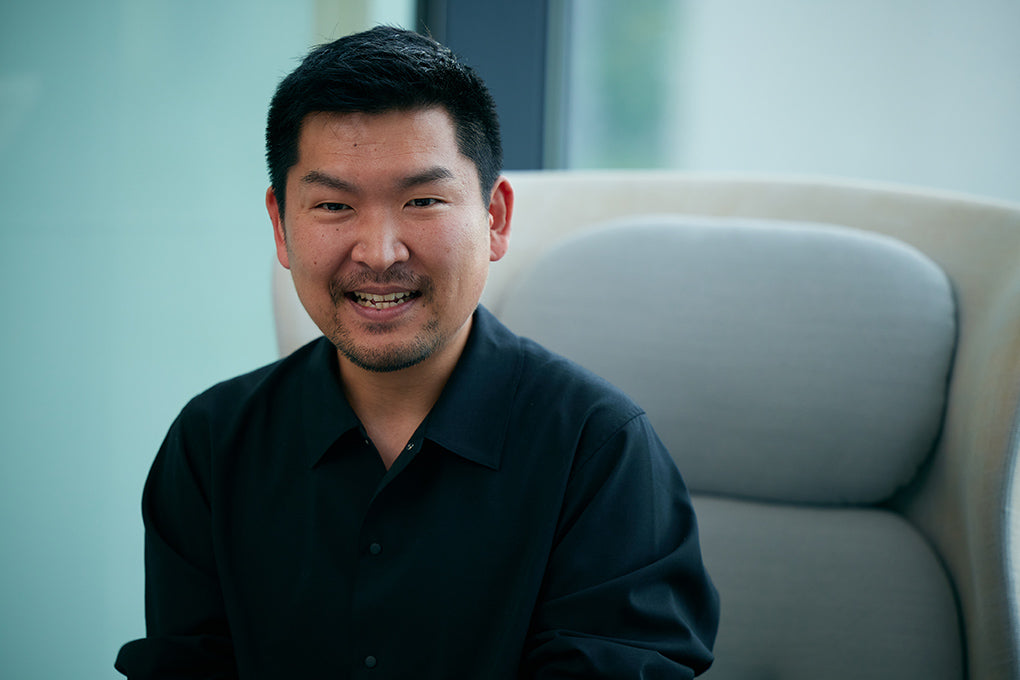
KAZUHIDE SEKIYAMA
Director and Representative Executive Officer / Founder at Spiber Inc.
Born in Tokyo in 1983. Entered the Faculty of Environment and Information Studies, Keio University in April 2001. Assigned to the laboratory of Masaru Tomita, the director of the university’s Institute for Advanced Biosciences, in September of that year. Moved to Tsuruoka in 2002 to research the artificial synthesis of spider silk. Established Spiber Inc. together with student colleagues in September 2007 while still in the doctoral course. Currently promoting the industrialization of “Brewed Protein™,” an artificially structured protein material that will be instrumental in the achievement of sustainable well-being and a recycling-based society.
Stay tuned for Episode 4, where we will be discussing “Protein Revolution #2”.
















